
Choosing the Right Database for Your Project

Introduction In an era where innovation and decision-making are driven by data, choosing...
Introduction
In an era where innovation and decision-making are driven by data, choosing the right database for your needs is a crucial step. Whether you are a beginner or a renowned developer, the choice of your database will impact the performance, scalability, and maintainability of your project.
Understanding databases is a core skill for any software developer. The more a project grows in complexity, the choice of database to be used becomes more critical. The growth in complexity means that the scope of efficiency will not only look at how data is stored and retrieved, but also how the application in question can scale and perform under certain workloads.
Understanding Database Basics
Database Vs DBMS
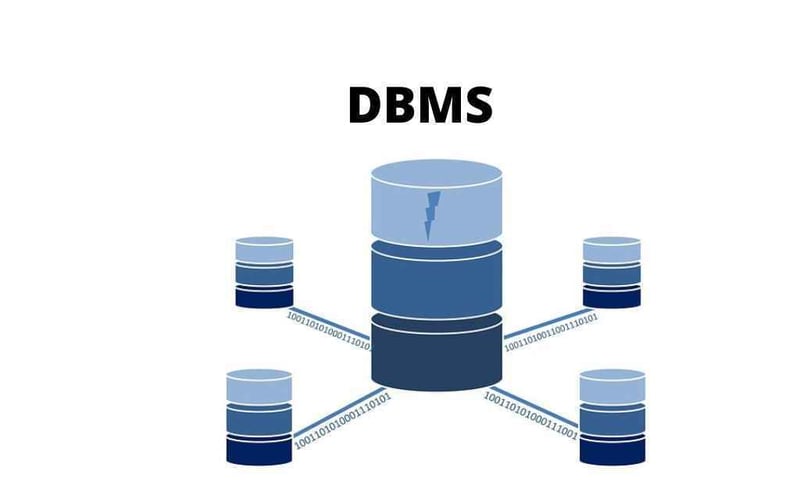
A database (DB) is a collection of logically organized data, which is related and stored electronically in a computer system. For instance, databases may store information about people, locations, or things. An actual example would be consolidated data on Airbus aircraft.
On the other hand, a database management system (DBMS) is software that manages databases and facilitates the creation, management, and operation of said databases. At its simplest, a database might be a text file or a spreadsheet. However, as data becomes more complex, more sophisticated databases become a necessity. These databases allow for a more efficient way of data manipulation, retrieval and storage.
Types of Databases, A Snapshot
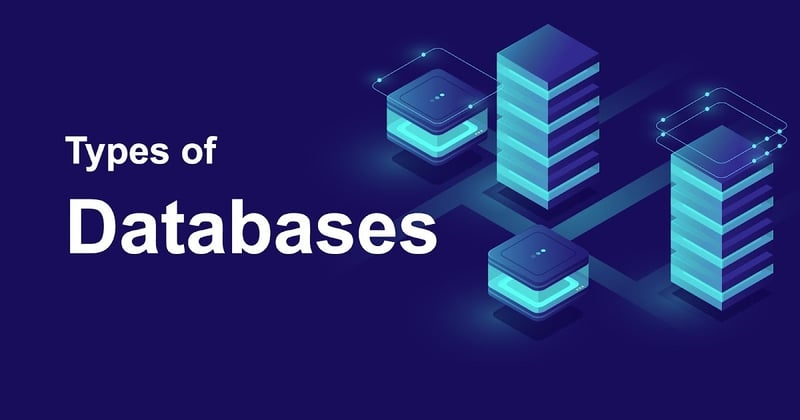
To make an informed decision on your project's needs, its crucial to understand the main types of databases we have at our disposal;
- Relational databases
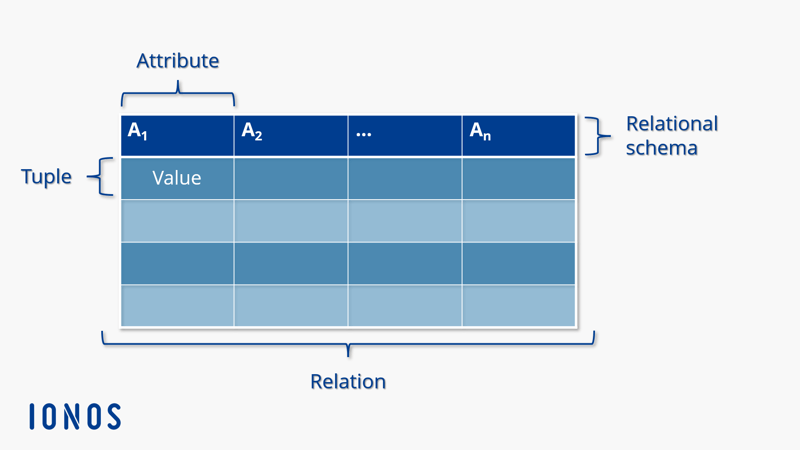
These databases use the relational model, representing data in tables. Each table has a series of rows and columns. Structured Query Language (SQL) is used for data manipulation in these kinds of databases. These DBs are suitable for projects/applications requiring complex querying and transactions. Common examples include MySQL, PostgreSQL, Oracle Database, and Microsoft SQL Server.
- Non-relational database - Unlike relational databases, NoSQL databases do not use a fixed schema. This gives them capabilities to store semi or unstructured data. These databases are designed to handle large volumes of data and varied data types. There are different types namely document stores, key-value stores, column-family stores and graph Dbs. Common examples include Cassandra and Redis.
Key Factors to Consider
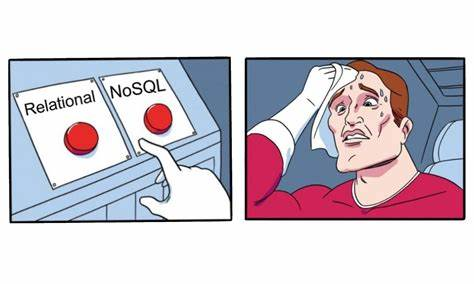
There are several key factors to consider when choosing the best database for your project. Each factor has its nuances, impacting the decision differently based on the project's requirements. Let's have a look at these factors.
Data Structure and Complexity
The structure and complexity of your data play an important role when it comes to choosing the right database. For an application that makes use of structured data (highly organized and easily searchable), relational databases are the best option to go for. Databases such as MySQL and PostgreSQL use predefined schemas to organize data into tables, simplifying complex querying while maintaining data integrity.
For applications that do not necessarily require structured data (in this case, work best with semi- or unstructured data), the NoSQL database come handy. Note that semi-structured and unstructured data can include data in text, image, and video form. Document stores like MongoDB allow for a flexible schema design, that is adaptable to changing data models.
Scalability
Scalability refers to the database's ability to handle increasing amounts of work, surging user numbers and types of requests without affecting performance or its availability, thus comfortably adapting to these changes. In this case, we look at two main types of scalabilities;
- Vertical scaling involves scaling up, basically adding more resources, such as CPU and RAM, to a single server. Relational databases such as MySQL and PostgreSQL scale vertically.
- Horizontal scaling - involves scaling out, where more servers are added to distribute the workload. MongoDB can distribute data across diverse servers, ensuring fault tolerance and high availability.
Performance
Database performance reflects the speed at which a database can process a word load in record time and lowest resource utilization. This includes read-write operations. efficiency in data retrieval and transactions, and indexing capabilities.
- Faster read-write operations: NoSQL databases
- Proper indexing: Relational databases (RDMS)
- Complex Queries: Relational databases (RDMS)
Consistency and Availability
CAP Theorem rather posits that for any distributed database, the database can only provide two out of the following guarantees simultaneously: Consistency, Availability, and Partition Tolerance.Consistency and availability are critical aspects of database systems. The CAP theorem states that a distributed database can provide only two out of the following three guarantees simultaneously: Consistency, Availability, and Partition tolerance.
-
Consistency (C) - Every read receives the most recent write or an error. RDMS ensure strong consistency through ACID (Atomicity, Consistency, Isolation, Durability) properties, making them reliable.
-
Availability (A) - Every user request receives a response without a guarantee that it contains the most recent version of the data. NoSQL dbs often follow BASE properties ensuring high availability.
-
Partition tolerance (P) - The system continues to operate despite network partitions. NoSQL databases are designed with partition tolerance in mind, meaning they can handle network partitions and continue operating even when some nodes are down.
Security
Encompasses protecting data from unauthorized access, data breaches, and any form of security threats. This includes encryption, authentication, and authorization.
Data encryption - Both RDBMS and NoSQL offer encryption at rest and in transit.
Access controls - RDBMS offers advanced role-based access control (RBAC), allowing granular control
Compliance - Both types of DBs provide tools to ensure compliance
Cost
This is a significant factor when it comes to database selection, encompassing licensing fees, operational costs, and hardware.
-
Licensing fees: Open-source databases like MySQL and PostgreSQL are cost-effective as they do not require licensing fees, unlike commercial DBs like Oracle.
-
Operational costs - NoSQL DBs leverages costs through horizontal scaling.
Types of Databases
Relational Databases (RDBMS)
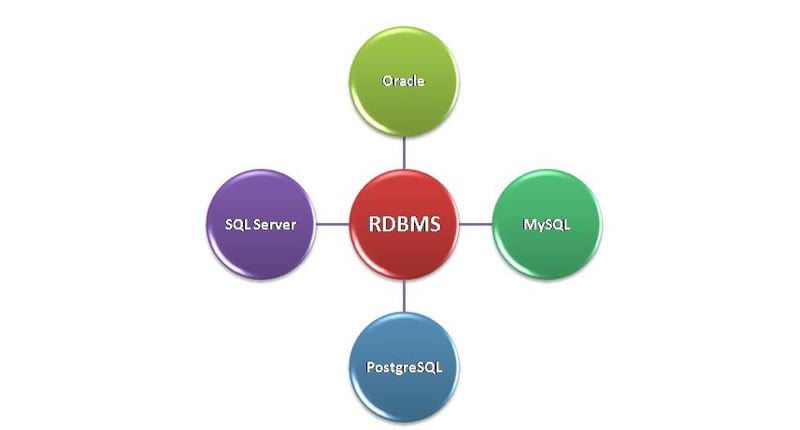
Relational databases organize data into tables, where each table consists of rows and columns. This structure allows for efficient storage, retrieval, and management of data. Relational databases use Structured Query Language (SQL) for defining and manipulating data.
Popular RDBMS Examples
- MySQL: Widely used for web applications due to its reliability, ease of use, and strong community support. It is open-source and offers robust performance for small to medium-sized applications.
- PostgreSQL: Known for its advanced features such as support for advanced data types, custom functions, and performance optimization. It is highly extensible and supports both relational and non-relational data models.
- Oracle Database: Offers high performance, scalability, and robustness, making it suitable for large enterprises. It provides advanced security features, comprehensive support for SQL, and extensive management tools.
- Microsoft SQL Server: Integrated with Microsoft products, it offers a comprehensive data management solution with strong security, high availability, and advanced analytics capabilities.
When to Choose SQL
Choosing SQL databases, specifically relational database management systems (RDBMS), is often the best option when certain conditions and requirements are met. SQL databases offer a structured and reliable way to manage data, providing robust functionality for many traditional applications. Here are the key scenarios where opting for an SQL database is advantageous:
Structured Data with Predefined Schema
SQL databases excel in environments where the data is highly structured and adheres to a predefined schema. This rigid structure ensures data integrity and consistency. For instance, in financial applications, customer information, transaction records, and account details follow a fixed schema, making SQL databases an ideal choice.
Complex Queries and Transactions
When your application requires complex queries, joins, and aggregations, SQL databases are the preferred choice. SQL's powerful querying capabilities allow for intricate data retrieval operations, which are essential in analytical and reporting tasks. Additionally, SQL databases support ACID (Atomicity, Consistency, Isolation, Durability) properties, making them reliable for handling transactions. This is critical for applications like banking systems, where transaction accuracy and reliability are paramount.
Data Integrity and Consistency
Maintaining data integrity and consistency is a core strength of SQL databases. They enforce data integrity rules, such as foreign keys, unique constraints, and check constraints, ensuring that the data remains accurate and consistent. This makes SQL databases suitable for applications where data accuracy is crucial, such as healthcare systems, where patient records must be consistently accurate and reliable.
Centralized and Monolithic Applications
For applications that are centralized and monolithic, SQL databases provide a robust solution. These applications typically involve a single, unified database system where all data resides. Enterprise resource planning (ERP) systems, customer relationship management (CRM) systems, and traditional content management systems (CMS) often benefit from the centralized nature of SQL databases, which facilitate data management and access control.
Strong Security and Compliance Requirements
SQL databases offer advanced security features, including role-based access control (RBAC), encryption, and auditing capabilities. These features are essential for applications dealing with sensitive data and requiring compliance with industry standards and regulations, such as HIPAA for healthcare data or GDPR for personal data protection. SQL databases like Oracle and Microsoft SQL Server provide comprehensive security mechanisms to protect data from unauthorized access and breaches.
Types of NoSQL Databases
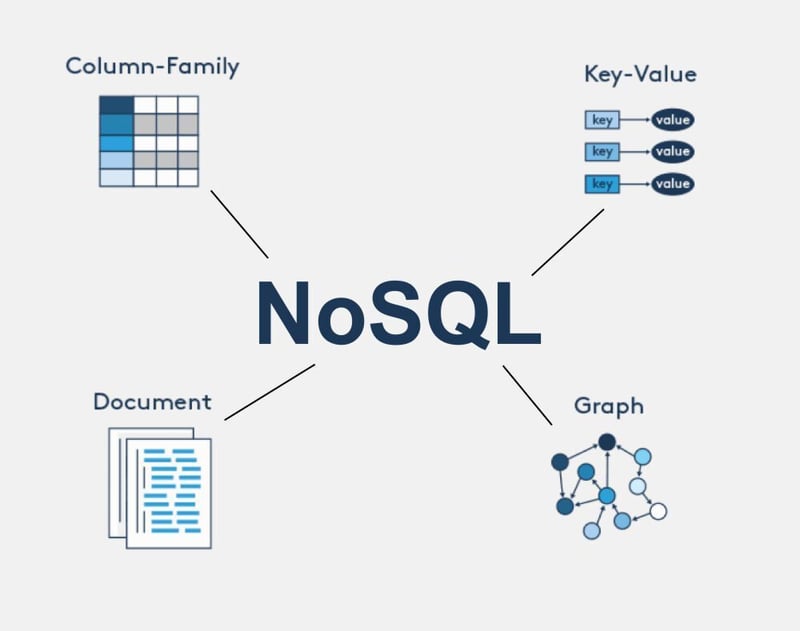
Document Stores
- Structure: Store data as documents, typically in JSON or BSON format. Each document contains fields and values, allowing for nested data structures.
- Advantages: Flexible schema design, easy to scale horizontally, and efficient for storing and querying hierarchical data.
- Example: MongoDB - Offers high performance, high availability, and easy scalability. It is widely used for content management systems, real-time analytics, and IoT applications.
Key-Value Stores
- Structure: Store data as key-value pairs, where the key is a unique identifier, and the value can be any data type.
- Advantages: Extremely fast read/write operations, simple data model, and easy to scale horizontally.
- Example: Redis - An in-memory key-value store known for its high performance and support for complex data structures like lists, sets, and hashes. It is commonly used for caching, session management, and real-time analytics.
Column-Family Stores
- Structure: Store data in columns rather than rows. Each column family contains rows, and each row can have a different number of columns.
- Advantages: Efficient for handling large volumes of data, high write and read performance, and easy to scale horizontally.
- Example: Apache Cassandra - Designed for high availability and fault tolerance. It is used by applications requiring large-scale data distribution, such as social media platforms and IoT data storage.
Graph Databases
- Structure: Use graph structures with nodes, edges, and properties to represent and store data. They are optimized for querying and managing relationships between data points.
- Advantages: Efficient for complex queries involving relationships, intuitive data modeling for network-like structures, and easy to scale.
- Example: Neo4j - A leading graph database known for its performance and scalability. It is used in applications such as social networking, recommendation engines, and fraud detection.
When to Use NoSQL
Handling Large Volumes of Data
NoSQL databases are designed to manage vast amounts of data efficiently. They can handle data growth and distribution across multiple servers, ensuring high availability and fault tolerance. Applications generating large data volumes, such as social media platforms, online gaming, and IoT applications, benefit from NoSQL databases' ability to scale horizontally by adding more servers.
Flexible Schema Design
When dealing with unstructured or semi-structured data, NoSQL databases offer a flexible schema design that allows for easy adaptation to changing data models. Document stores like MongoDB and key-value stores like Redis do not require predefined schemas, enabling developers to modify the data structure without downtime. This flexibility is crucial for applications with evolving data requirements, such as content management systems, where data types and structures may frequently change.
High-Speed Read/Write Operations
NoSQL databases are optimized for high-speed read and write operations, making them ideal for real-time applications. For instance, in online gaming, where real-time data processing is essential, key-value stores like Redis provide low-latency access to data. Similarly, NoSQL databases are well-suited for caching mechanisms to improve application performance by reducing the time needed to retrieve frequently accessed data.
Horizontal Scalability
Applications requiring horizontal scalability, where adding more servers improves performance and capacity, benefit from NoSQL databases. Distributed NoSQL databases like Cassandra and MongoDB can scale out by distributing data across multiple nodes, ensuring high availability and fault tolerance. This is essential for applications with unpredictable traffic patterns and global user bases, such as large-scale web applications and cloud services.
Handling Complex and Dynamic Data
NoSQL databases are proficient in managing complex and dynamic data structures. Graph databases like Neo4j are specifically designed to handle data with intricate relationships, making them suitable for applications like social networks, recommendation engines, and fraud detection systems. The ability to efficiently store and query graph data allows for faster and more intuitive data retrieval.
Hybrid Approaches
Polyglot Persistence
- Concept: Using multiple databases for different needs within the same application. For example, an application might use a relational database for transactional data and a NoSQL database for storing unstructured data.
- Advantages: Leverages the strengths of different databases, allowing for more optimized and efficient data management.
- Example: An e-commerce application might use PostgreSQL for order management and MongoDB for product catalog storage.
NewSQL Databases
- Concept: Combines the ACID guarantees of traditional relational databases with the scalability of NoSQL databases.
- Advantages: Offers strong consistency, high availability, and horizontal scalability.
- Example: CockroachDB - A distributed SQL database that provides high availability, strong consistency, and seamless scaling. It is suitable for applications requiring the reliability of traditional databases with the scalability of modern distributed systems.
Wrap Up!
Choosing the right database for your project is a critical decision that impacts performance, scalability, and overall success. Understanding the strengths and limitations of various databases—SQL and NoSQL—allows you to make informed choices tailored to your specific needs. SQL databases like MySQL and PostgreSQL offer robust transactional support and complex querying capabilities, making them ideal for structured data and relational models. NoSQL databases like MongoDB and Cassandra provide flexibility and scalability, making them suitable for unstructured data and large-scale applications. Hybrid approaches, leveraging the best of both worlds, offer a versatile solution for diverse and evolving requirements. By adhering to best practices in database management, you can ensure that your data is secure, accessible, and performant, driving the success of your applications and business processes.

